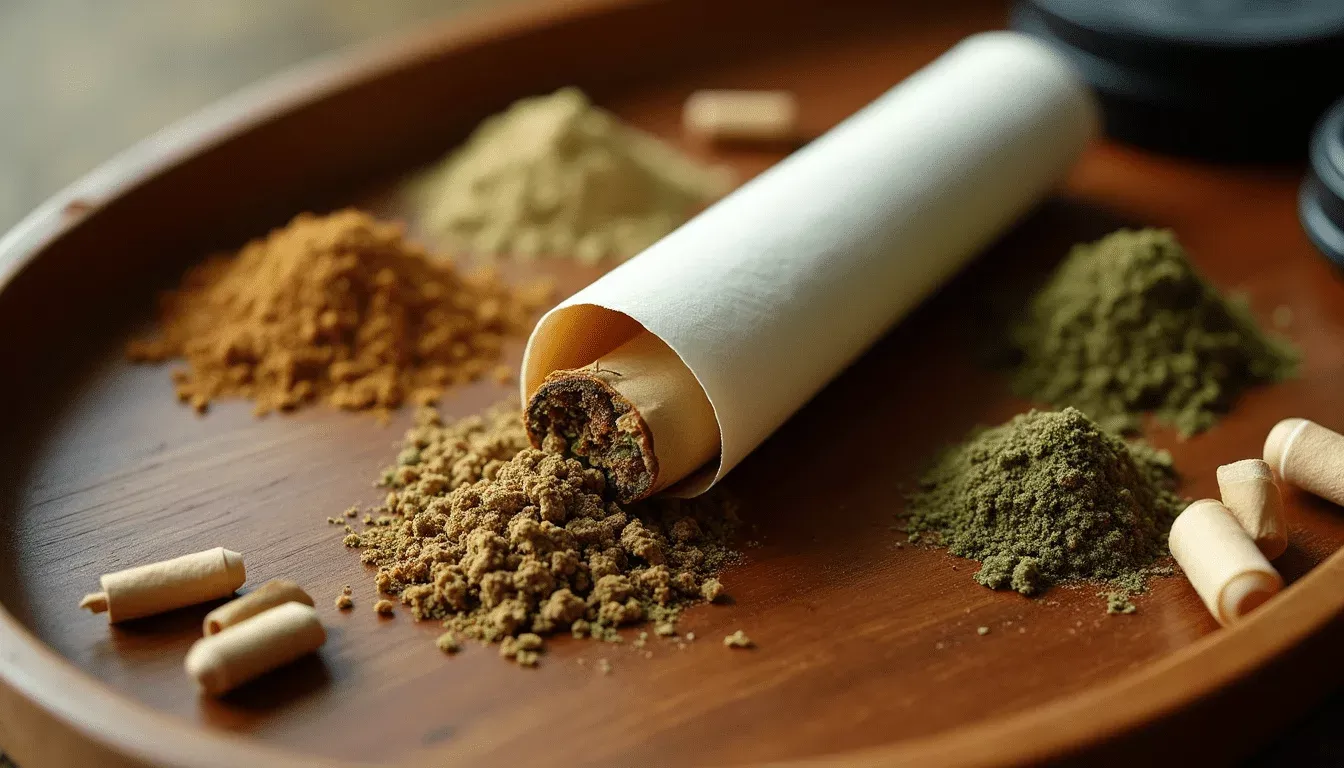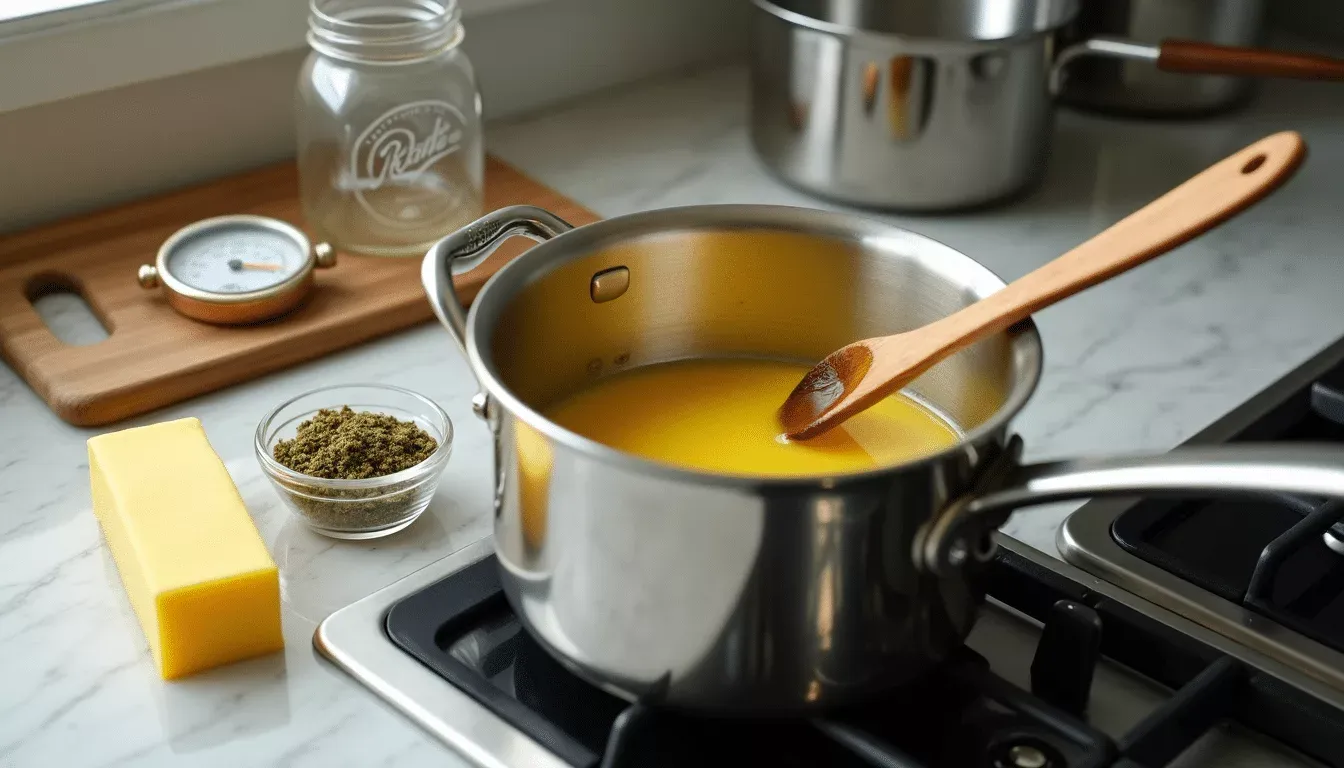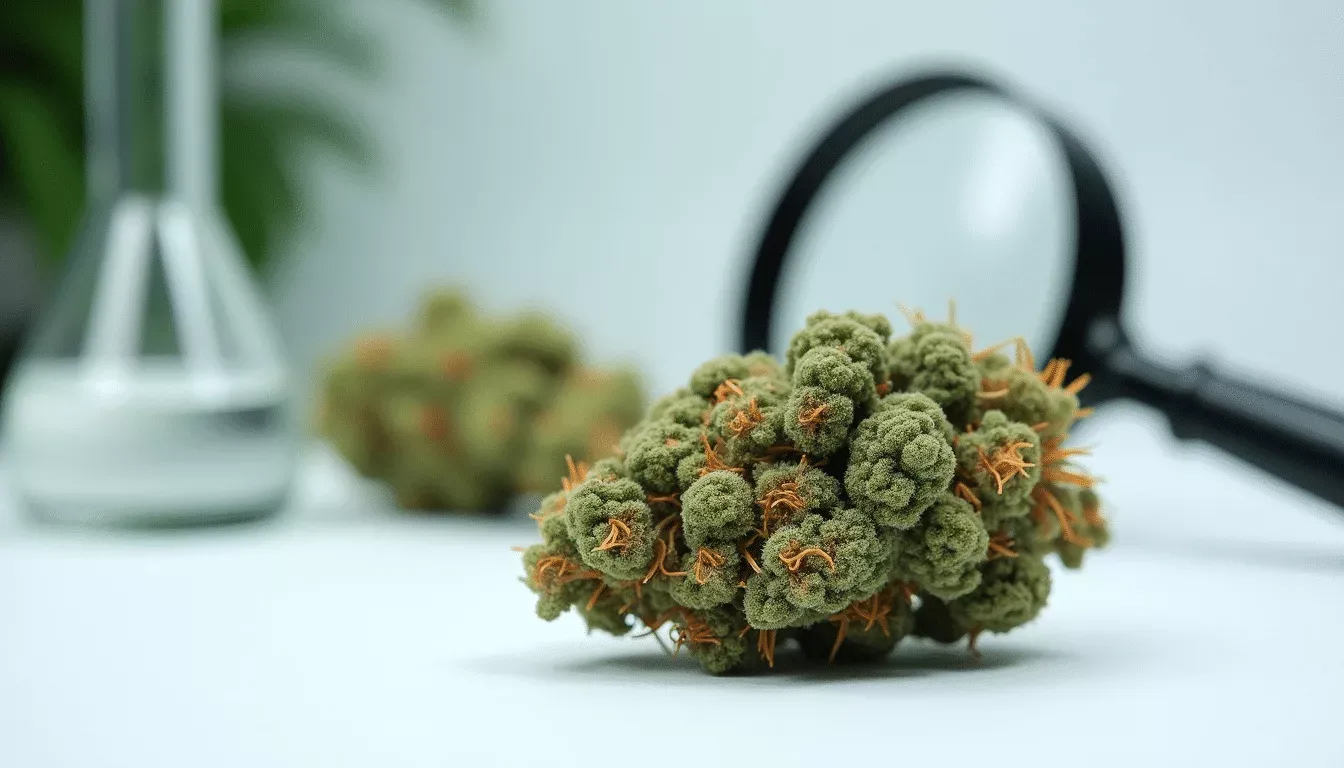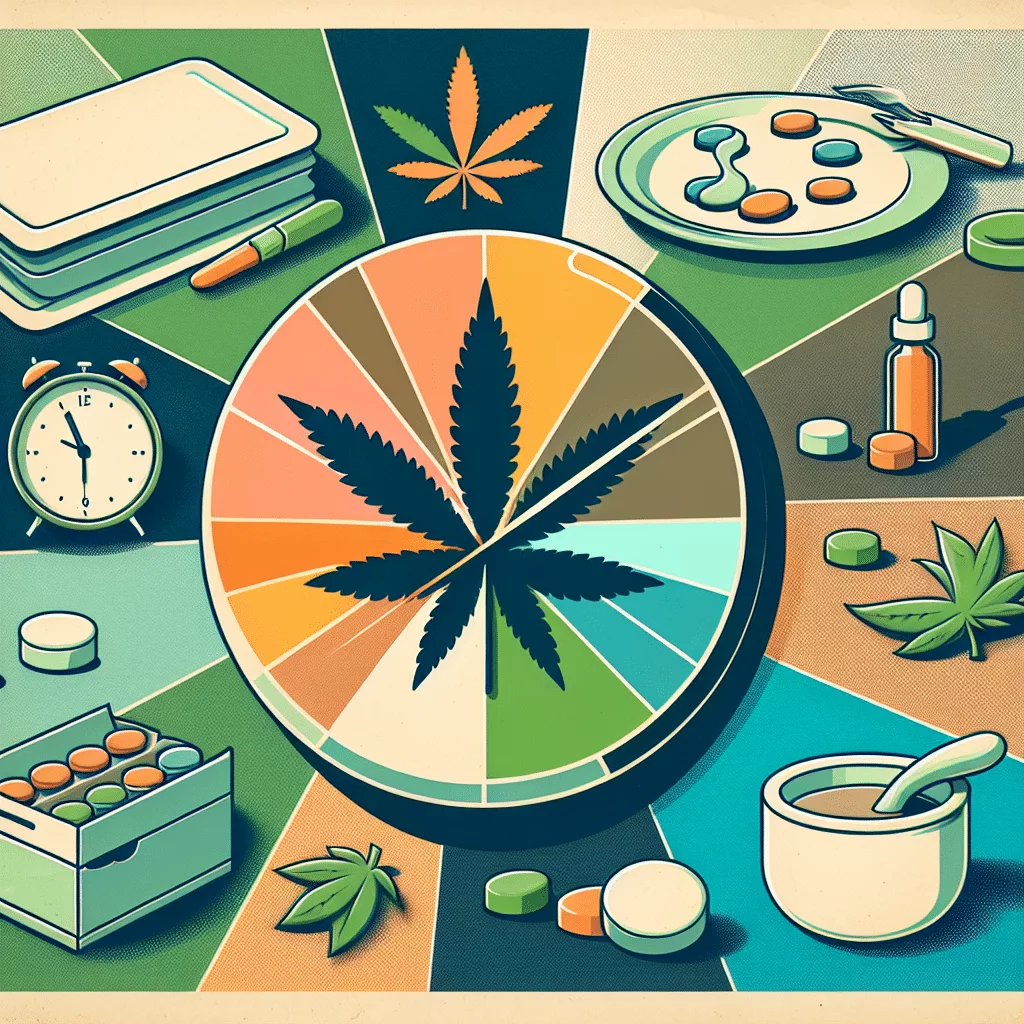How to Roll a Spliff Like an Expert: A Complete Guide
Spliffs offer something unique in the cannabis world – a customizable blend of tobacco and herb that creates an experience distinct from regular joints. I’ve seen plenty of confusion around spliffs, especially from folks who are just getting started with rolling their own.
Here’s what makes spliffs special: they combine ground cannabis flower with tobacco in a single roll, letting you adjust the ratio to match your preferences. The tobacco helps create an even burn while stretching your stash further. For weed aficionados looking to try something different, spliffs provide an interesting middle ground between pure cannabis and tobacco products.
Rolling a proper spliff takes some specific know-how. You’ll need the right papers (I prefer 1¼ size for most rolls), quality ground herb (usually 0.3-1g depending on your preferred potency), and tobacco that burns smooth. The technique matters too – from how you grind and mix the ingredients to mastering that final tuck and roll.
I’ll walk through everything you need to know about crafting the perfect spliff, whether you’re rolling your first one or looking to refine your technique. We’ll cover the basics first, then move into some more advanced tips I’ve picked up over the years.
Getting Started: The Spliff Basics for Beginners
“Of course I know how to roll a joint.” — Martha Stewart, American businesswoman and television personality
Let me break down what makes spliffs special in the cannabis world. I’ve found that many folks confuse them with regular joints, but there’s a lot more to understand about these tobacco-cannabis hybrids.
What makes a spliff different from other rolls
The biggest difference between spliffs and other cannabis rolls comes down to what’s inside. While joints are pure cannabis, spliffs mix ground flower with tobacco. I’ve noticed this combination creates an entirely different experience – one that’s caught on with many smokers for good reason.
Most spliffs include a filter or crutch at the end, and here’s something interesting: they typically run about 50/50 cannabis and tobacco, though you can adjust this ratio however you like.
From what I’ve seen, spliffs burn more evenly than pure joints thanks to the tobacco content. This makes them particularly friendly for beginners still figuring out their rolling technique. The tobacco helps maintain a smooth, controlled burn that won’t suddenly go out or canoe down one side.
Here’s a cultural tidbit that surprised me: while pure joints dominate in the US, spliffs reign supreme across Europe, the UK, and Caribbean nations. These regional preferences tell us a lot about how different cultures approach cannabis consumption.
Why many smokers prefer spliffs
The appeal of tobacco and cannabis together creates what many describe as a “heady buzz” – you get tobacco’s stimulating kick alongside cannabis’s relaxing effects. It’s distinctly different from smoking pure cannabis, and I’ve found the combination particularly interesting.
There’s also a practical side to spliffs. They use less cannabis than joints, making them budget-friendly when good flower is expensive or hard to find. I’ve known plenty of folks who learned to roll spliffs specifically to stretch their stash further.
The customization aspect draws many users too. You can dial in your perfect tobacco-to-cannabis ratio – more tobacco for extra buzz, more cannabis for enhanced relaxation. This flexibility gives spliffs an edge over other rolling options.
That tobacco content does more than just save money – it creates a smoother smoke since it burns more consistently than dried cannabis alone. This makes for an easier smoking experience overall.
But let’s talk honestly about the downsides. Adding tobacco brings health risks and potential addiction concerns due to nicotine content. I always make sure first-timers understand these trade-offs before diving into spliff rolling.
Gathering Your Spliff Rolling Supplies
Let’s talk about what you’ll need to roll a proper spliff. I’ve found that having the right materials makes all the difference between a smooth roll and a frustrating experience.
Essential vs. optional materials
Here’s what you absolutely need for rolling: quality papers, tobacco, cannabis, and a filter (some folks call it a crutch). For papers, I prefer the 1½ inches wide size – they give you plenty of room to work with your mix. King-size papers or cones work great too, since spliffs usually run bigger than regular joints thanks to the tobacco.
Speaking of tobacco, here’s a pro tip: grab some proper rolling tobacco like Bali Shag, Drum, or Samson instead of breaking open cigarettes. For the herb part, you’ll only need about 0.2g – way less than what goes into pure joints. That’s one reason I love spliffs – they help stretch your stash.
While filters technically aren’t required, they’re a game-changer for beginners. Trust me, that extra stability makes rolling so much easier. Plus, your lungs will thank you.
Some extras that make life easier:
- A decent grinder for consistent herb texture
- A rolling tray to keep things tidy
- A rolling machine if hand-rolling isn’t your thing yet
Budget-friendly alternatives for beginners
Can’t find rolling papers? No worries. I’ve seen folks use corn husks with great results – they burn nice and slow. In a pinch, unbleached coffee filters work too – just cut them down to size.
Here’s a beginner-friendly hack: carefully empty out a cigarette and refill it with your mix. It’s not fancy, but it gets the job done while you’re learning proper rolling technique.
Those RAW rolling machines look nice, but they’re not essential. If you’re just starting out, grab some bigger papers like Zigzag 1.5 or JOB 1.5 – the extra space makes rolling easier.
One thing I’ve learned the hard way: don’t cheap out on papers or cannabis. Even on a budget, quality materials make a huge difference in your smoking experience.
Finding Your Perfect Tobacco-to-Cannabis Ratio
The ratio of tobacco to cannabis makes or breaks a spliff. I’ve experimented with different blends over the years, and here’s what I’ve learned about finding that sweet spot.
Starting ratios for first-timers
Most folks start with a 50/50 mix of cannabis and tobacco. It’s a solid baseline that lets you feel both components without either taking over. From my experience helping others learn to roll, this even split gives you a good feel for how spliffs differ from pure joints.
Here’s a tip for newcomers – start with a bit more tobacco than cannabis. The effects hit smoother this way. One thing that surprised me: studies show people usually overestimate cannabis amounts by about 200%. That’s why I always recommend measuring carefully instead of eyeballing it.
How different ratios affect your experience
Let’s talk science for a minute. Contrary to what many believe, adding tobacco doesn’t actually boost your high. But it does help with the memory impairment that usually comes with cannabis use.
When you bump up the tobacco content, you’ll notice:
- Your heart rate kicks up higher than with either substance alone
- Blood pressure rises moderately
- Focus and attention sharpen
- The spliff burns more evenly
Crank up the cannabis ratio instead, and you’ll get more THC effects. The flavor changes too – more tobacco brings that classic tobacco taste forward, while more cannabis lets your strain’s terpenes shine through.
Adjusting based on personal preference
Finding your perfect blend takes some trial and error. Start with that 50/50 mix, then tweak it bit by bit. I keep a small notebook tracking how different ratios hit with various strains – it’s helped me dial in my preferred blends.
Just remember – tobacco means nicotine, which can make spliffs more habit-forming than straight cannabis. I’ve noticed my preferred ratio shifts based on time of day, setting, and which cannabis strain I’m using. That’s the beauty of spliffs – there’s no “right” ratio, just what works best for you.
How do you Roll a Spliff for Beginners?
Let me walk you through rolling a proper spliff. After years of practice, I’ve found that success comes down to three things: careful prep, solid technique, and those final touches that make everything come together.
Preparing your mixture
First thing’s first – you need to grind that herb right. Use a grinder to break down your cannabis into an even consistency. I’ve seen too many spliffs burn badly from poorly ground flower. Mix your ground cannabis with tobacco until you’ve got a uniform blend.
That 50/50 mix we talked about earlier works great for most folks. Here’s a pro tip: spread everything on a flat surface and break up any clumps before you start rolling. Trust me, this prep work makes all the difference between a smooth smoke and a frustrating experience.
The tuck and roll technique
Grab your paper and place it with the sticky strip facing up and toward you. Shape your mix into a nice cylinder along the crease. Now comes the part that takes practice – hold the paper between your thumbs and index fingers, then roll it back and forth to pack everything evenly.
Here’s where most beginners struggle: the tuck. Use your thumbs to fold the non-sticky edge around your mixture. This move locks everything in place. (It might take a few tries to get it right.) Roll upward toward that adhesive strip, give it a lick, and seal it with a firm press.
Finishing touches for a perfect burn
Don’t skip this part – it’s crucial for a quality smoke. Pack down the end opposite your filter. I use a pen cap to gently compress the mix without overdoing it. Give the extra paper at the tip a twist to keep everything in place.
When you light up, rotate the spliff to get an even burn going. Here’s something I learned the hard way: don’t knock off the ash right away. That gray cap actually helps maintain an even burn. Between hits, hold your spliff vertical and give it 10-15 seconds to cool – keeps the cherry from getting too hot.
Troubleshooting Your First Few Attempts
Nobody rolls perfect spliffs right away – not even experienced smokers. Let me share some fixes I’ve learned for the most common issues you’ll face.
Dealing with loose rolls
Loose rolls plague every beginner learning spliff basics. They burn weird, keep going out, and waste your precious mix. Here’s what works for me: gently roll the spliff between your fingers to redistribute everything evenly. This usually fixes things without starting over. If it’s still feeling loose, try twisting both ends slightly to lock everything in place.
For those really loose ones (we’ve all been there), here’s an old-school trick: wrap it in a second paper. I learned this from a veteran roller – just carefully encase the whole thing in another paper for extra support.
Why won’t my joint hit?
That annoying canoe burn (when one side races ahead) happens to everyone. Here’s my toolkit for fixing it:
- Wet your finger and dab the fast side to slow it down
- Hit the slow side with your lighter while taking a pull
- Keep rotating while you light up
- Don’t knock off that ash – it’s actually helping your burn stay even
Between hits, hold your spliff straight up and give it 10-15 seconds to cool. Keeps that cherry from getting too hot and running wild down one side.
When to start over vs. when to salvage
Here’s something I learned the hard way: knowing when to cut your losses. Minor issues like slight canoeing or a loose spot? Worth trying to fix. But if your roll is falling apart or burning like a torch down one side, starting fresh will save you headache and herb.
When salvaging makes sense, carefully unroll and redistribute your mix before trying again. Focus on getting that herb spread evenly and maintaining good tension in your second roll. Each time you fix a problem, you’re building skills for better rolls down the road.
How to Roll a Blunt like an Expert
“A friend with weed is a friend indeed.” — Placebo, British rock band
Rolling the perfect spliff takes practice – lots of it. I’ve spent years honing my technique, and I’ll share some exercises and tips that helped me level up my rolling game.
Practice exercises to improve dexterity
Here’s something most folks don’t think about: finger strength matters. I start each day with simple finger lifts – just lay your hand flat and practice lifting each finger independently. Those tiny movements build the control you need for that crucial tuck-and-roll. Stress balls work great too, especially for building up those rolling muscles.
Want to practice without burning through your stash? Try rolling with tea leaves or oregano first. They handle similarly to ground herb but won’t hurt your wallet while you’re learning. The muscle memory builds faster than you’d think – soon your fingers just know what to do.
Spliff rolling etiquette in social settings
Let me break down the unspoken rules I’ve picked up in smoke circles:
- Bring something to share when joining a session
- Stick to “puff, puff, pass” – two hits then move it along
- Keep the mouthpiece dry (nobody likes a soggy spliff)
- Don’t camp on the spliff while telling your life story
- Roller gets first light (it’s tradition)
- Never push someone to join if they’re not feeling it
Cannabis culture is all about sharing knowledge and good vibes. I’ve learned most of my tricks from other smokers who were happy to teach.
Creative variations to try as you improve
Once you’ve got the basics down, joint rolling becomes an art form. I’ve seen some incredible designs – from basic braids to full-on cross joints and tulips. Start simple though – maybe try a longer cone or a curved shape before attempting anything too wild.
Some of the veteran rollers I know spend hours perfecting their creative rolls. There’s whole communities sharing techniques and photos of their wild designs. It’s pretty amazing what you can do with papers and patience.
Conclusion
Rolling spliffs isn’t rocket science, but it does take dedication to master. I’ve found that success comes down to three things: getting your ratio right, using quality materials, and developing proper technique. Each roll teaches you something new, even when they don’t turn out perfect.
The social side of spliffs adds another layer to the experience. For weed aficionados, there’s nothing quite like sharing a well-rolled spliff in good company. Those unwritten rules and shared moments help build the confidence you need to keep improving your craft.
Here’s what I tell everyone who’s just starting: every expert roller once struggled with loose papers and uneven burns. Keep experimenting with different blends, try new rolling techniques, and learn from both the wins and fails. Whether you stick to classic rolls or venture into more artistic territory, your spliff game will only get better with time.
FAQs
A spliff contains a mixture of tobacco and cannabis, while a joint contains only cannabis. Spliffs typically burn more evenly and offer a unique blend of tobacco’s stimulating effects with cannabis’s relaxing properties.
Start with a 50/50 mix of tobacco and cannabis. Experiment by adjusting the ratio in small increments to find your preferred balance. Consider factors like flavor, potency, and physical effects as you fine-tune your ideal blend.
Essential supplies include rolling papers (preferably 1½ inches wide), tobacco, cannabis, and a filter or crutch. Optional items that can be helpful are a grinder, rolling tray, and rolling machine for beginners.
Practice regularly to develop muscle memory. Try exercises to improve finger dexterity, such as finger lifts. Start by rolling with alternative materials like tea leaves before using cannabis. Pay attention to even distribution and proper tension when rolling.
Common problems include loose rolls and uneven burning. To fix loose rolls, gently redistribute the contents or use a second rolling paper for reinforcement. For uneven burning, rotate the spliff while lighting and keep the ash intact. If issues persist, it may be best to start over and re-roll.
Share this content:



